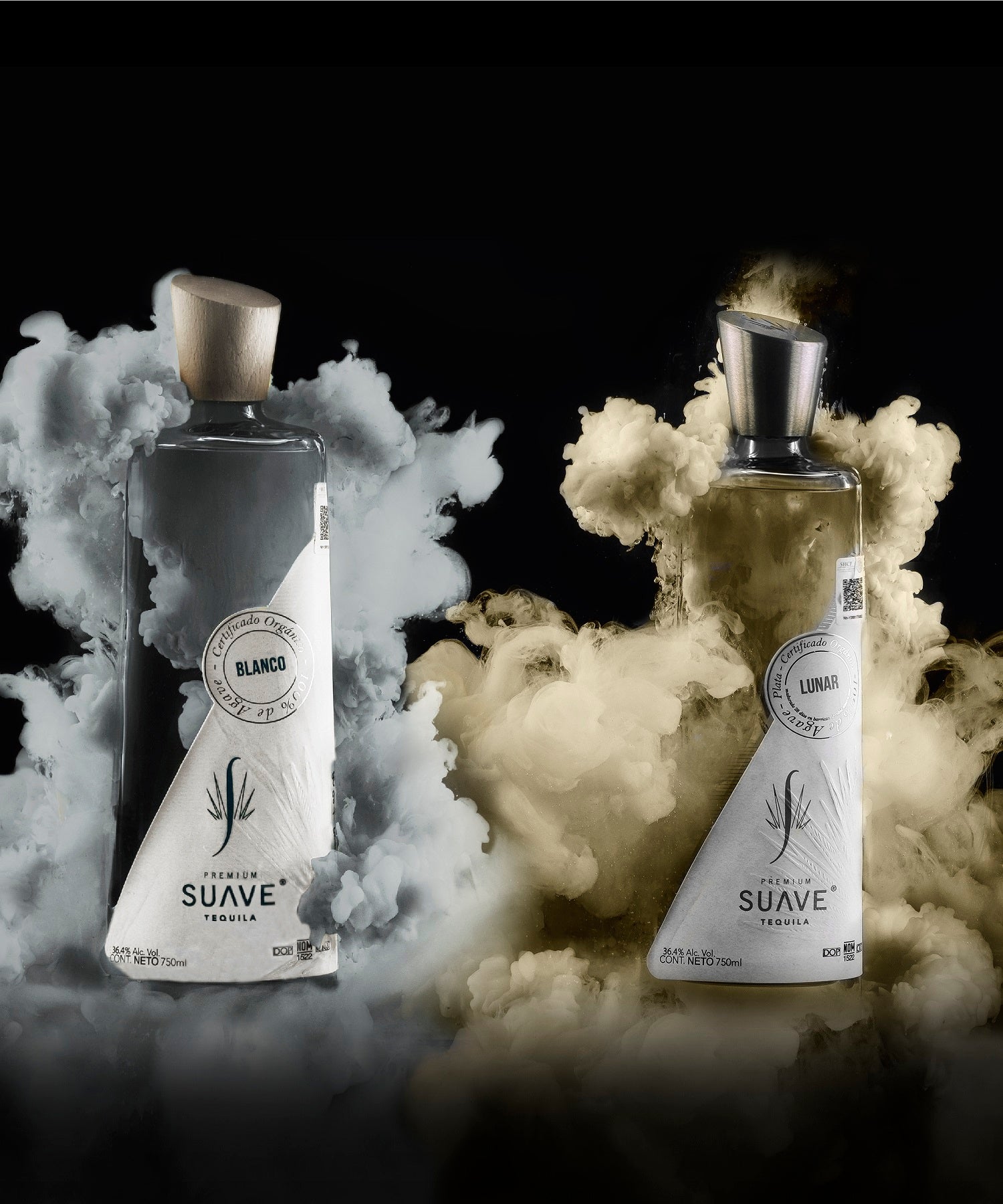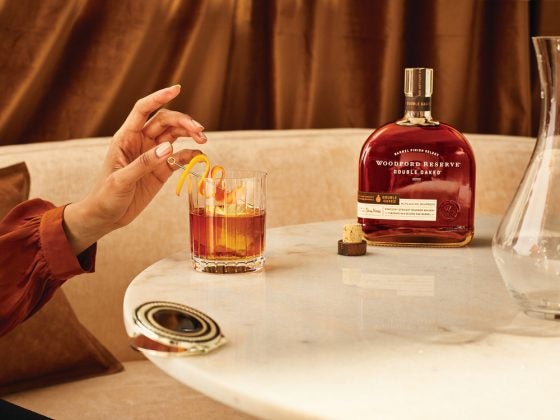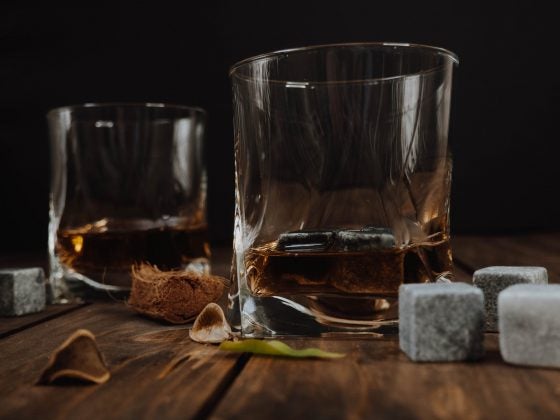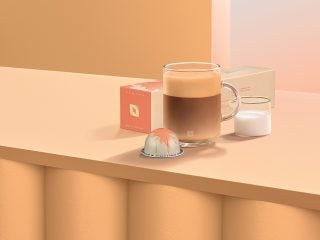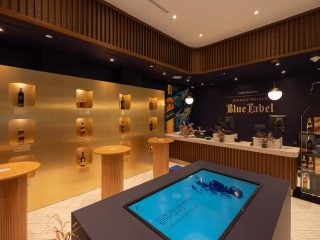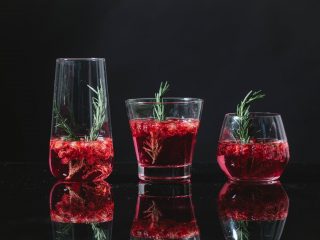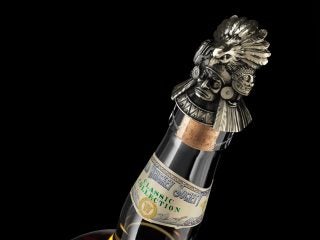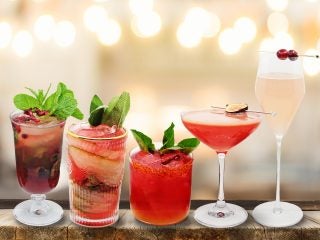Tequila is an iconic tipple, but did you know that over 100 tequila brands launch every year? What makes a good tequila worth drinking? What is the difference between regular, premium, and ultra-premium tequila such as Suave?
We sat down with Jaime Villalobos Sauza, a master distiller specializing in creating taste profiles for brands who want to make sure their ingredient lists are additive-free, to learn tequila tips from the master himself. Sauza comes from one of the oldest families in tequila-distilling history. He proudly stands as Suave Premium Tequila‘s Master Distiller in tribute to his reputable tequila family name.
Suave Premium Tequila is an award-winning luxury tequila with such achievements as USA Spirits Ratings Gold in 2020, The Fifty Best Double Gold in 2019, SIP Awards Tequila Innovation in 2019, and SIP Awards Platinum in 2019.
So what makes Suave and other tequilas of a similar caliber so sought-after, and how do you choose the right one for you? Here is what Sauza had to say about this…
Additive-Free
“Tequila is ‘true tequila’ when made from 100 percent agave,” Suaza told us. “Look for labels such as ‘Kosher-Certified,’ ‘Organic,’ ‘Gluten-Free,’ and ‘Additive-Free.’ Really, you should never drink tequila with less than 100 percent agave, if not for the luxury, at least to save yourself from an inevitable and unforgettable hangover.”
Knock-off tequila can be made anywhere in the world, but it legally cannot have the word ‘tequila’ on the bottle unless made in Mexico. (Just like you can find prosecco, which is essentially fake champagne, because the brand did not make it in Champagne, France.) Legally, Mexican law states that tequila must have at least 51 percent agave to be considered “tequila”: The higher the percentage, the more authentic the tequila.
This expression holds weight because the other 49 percent is filled with sugar-cane liquor and added colors and flavors, also known as additives. In other words: Hangover in a bottle. Not only will 100 percent agave tequila taste so much more like ‘agave’, but you will be less likely to have a rude awakening in the morning. Some tequila-enthusiasts even claim that they ‘don’t get hangovers,’ but we think that’s because they look for purity when selecting their preferred spirits.
“If you don’t see ‘100 Percent Agave,’ ‘100 Percent Blue Agave,’ or ‘100 Percent Agave Azul,’ on the bottle, pass on it,” Sauza added.
Barrel Aging
‘100 percent agave’ is easy to remember. But it can get a bit trickier when you get into the different types of tequila and barrel aging information.
“For anyone who wants to get into the realm of tequila, I recommend trying all ages and a few different brands to discover your favorites,” said Sauza. “You might also opt to try an entire line of one distiller at a time to understand the differences in aging, rather than trying to understand aging in addition to brand differences. It is as interesting as wine, but maybe I am biased!”
According to the Tequila Regulatory Council (CRT), there are four different kinds of tequila: Blanco, Reposado, Añejo, and Extra Añejo. In terms of aging, Blanco is the youngest (no aging required), and Extra Añejo, which ages in barrels for at least three years, is aged the longest. Just remember: Usually the darker the tequila, the older it is. Aging in barrels is how it gets its rich color and oaky aromas.
On the flipside, Blanco is not aged and is a go-to choice for mixed drinks such as margaritas — but that doesn’t mean you shouldn’t experiment with other aged expressions in your mixed beverages.
“It has become quite the trend to mix eccentric tequila drinks, which I love,” Sauza said. “Being able to have fun with such a wide variety of taste profiles is part of the reason I am so passionate about tequila. I’ve had some pretty delicious añejo palomas and mezcal margaritas.”
(For the uninitiated, mezcal is the long-lost cousin of tequila with tons more spices and smoky flavors. It is also a derivative of distilling particular kinds of agaves. )
Reposado is aged from two months to one year in barrels made from oak. Añejo must age for at least one year to be called as such. The type of barrel a distiller chooses gives the tequila its personality and signature taste.
Coloring
“Even though darker tequila is older, that doesn’t mean it is better if you look at it in a glass and don’t know where it’s from,” Sauza explained. “Some tequilas use additives to make their drink darker, but if you look at the bottle, they are not aged and not even 100 percent agave. Do your research to know what you are asking for at the bar.”
Plus, some people prefer Blanco tequila, which doesn’t mean it is of inferior quality. You don’t have to force yourself to like older tequilas to be considered a connoisseur; you just have to know your stuff.
Other things that can affect the color of your tequila are the soil in which the agave grows and the timing of harvest. Suave, for example, follows the lunar cycle for its harvest period.
“Suave Tequila follows an ancestral agricultural methodology,” Sauza told us. “We plant and harvest agaves according to the lunar cycle because the gravitational pull of the moon affects the agave’s sugar content.”
Drinking Tips and Fun Facts
For tequila to be tequila, it must be distilled only from blue weber agave (also called Tequilana Weber) and come from the state of Jalisco and/or limited municipalities within the states of Guanajuato, Michoacán, Nayarit, and Tamaulipas in Mexico.
Just like Champagne, France, there is Tequila, Mexico. The town’s establishment was in 1666, but tequila, the drink, is much older even than that!
Agave takes many years to grow, rather than just one season — up to ten years for some farmers!
Tequila is also relatively healthy. It “is made up of agavins, an indigestible sugar that moves through the body without being used for energy. The more complex molecular structure of agavins prevents them from spiking your blood sugar in response. These molecules have also been found to stimulate your metabolism, unlike most alcohol, which slows it way down.”
Some tequila drinks include Palomas (grapefruit juice or soda), Mexican mules (ginger beer), and Añejo old fashions (bitters).
Main Takeaways
“The bottom line is: Always choose purity through 100 percent agave tequila, explore your options, and learn as much as possible while at it,” Sauza finished.
We agree. Sip tequila, sip Suave. Cheers!
About Suave Tequila
Suave Tequila is an ultra-premium 100%-certified organic kosher single-estate agave produced in Mexico. Founded in 2014, the company has been awarded numerous accolades, including Tequila of the Year 2020 & Best In Show by USA Spirit Ratings. For more information, please visit https://suavetequila.com/en/




